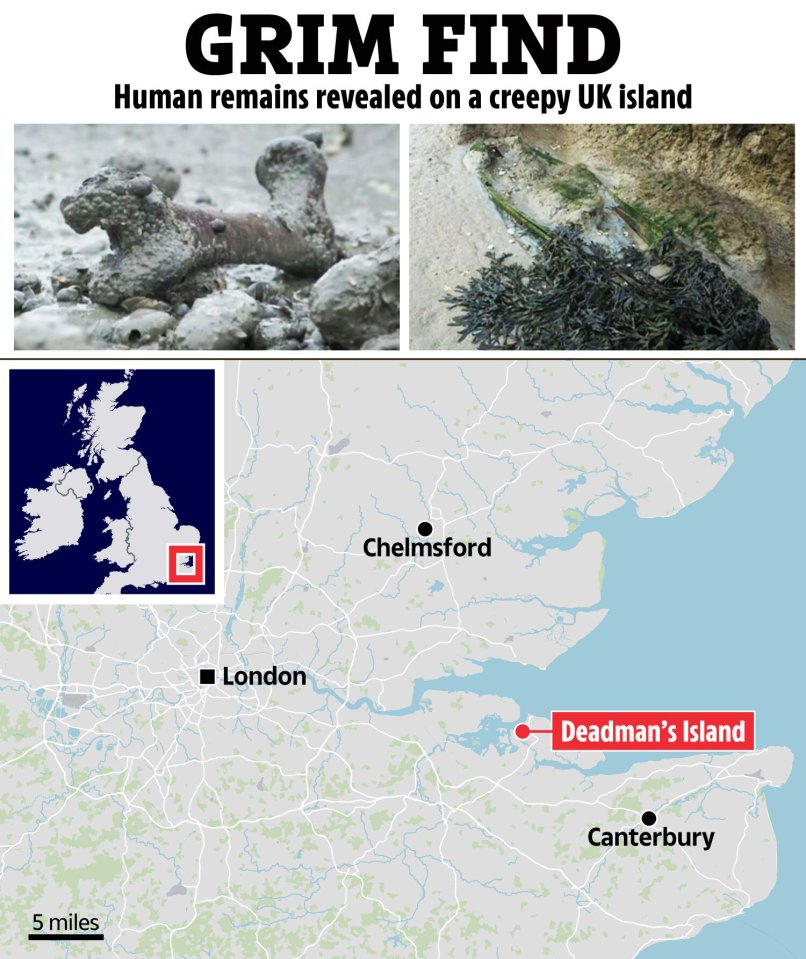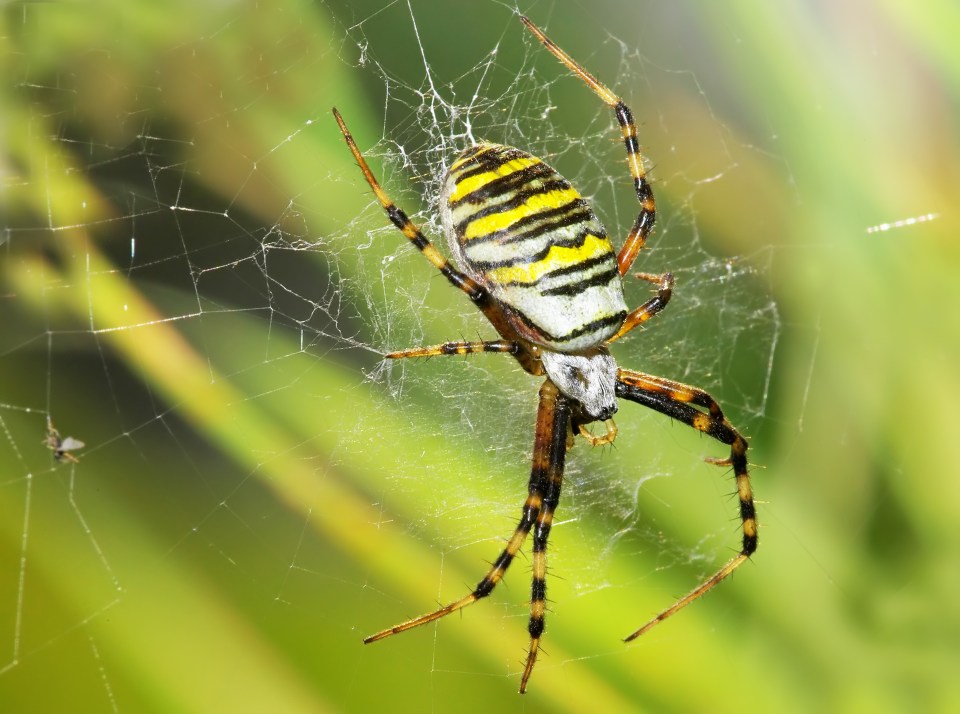India’s Himalayan villages slowly reviving decades after conflict | In Pictures News
Published On 15 Oct 2025
Dozens of dilapidated stone buildings are all that remain of the once-thriving border village of Martoli, in the northern Indian state of Uttarakhand. Nestled in the Johar Valley and surrounded by Himalayan peaks, the most notable being Nanda Devi, once considered the tallest mountain in the world, this village had traded sugar, lentils, spices, and cloth for salt and wool with Tibetans across the border.
The nomadic inhabitants of several villages spent the winter months in the plains gathering goods to be traded with Tibetans in the summer. However, the border was sealed following an armed conflict between India and China in 1962, disrupting life in the high villages and leaving people with little incentive to return.
Kishan Singh, 77, was 14 when he left with his family to settle in the lower village of Thal. He still returns to Martoli every summer to till the land and cultivate buckwheat, strawberries, and black cumin.
His ancestral home has no roof, so he sleeps in a neighbour’s abandoned house during the six months he spends in this village.
“I enjoy being in the mountains and the land here is very fertile,” he says.
In late autumn, he hires mules to transport his harvest to his home in the plains, where he sells it at a modest profit.
The largest of the Johar Valley villages had about 1,500 people at its peak in the early 1960s. Martoli had about 500 residents then, while some of the dozen or so other villages had 10 to 15 homes each.
Now, only three or four people return to Martoli each summer.
A few villagers are returning in summer to the nearby villages of Laspa, Ghanghar, and Rilkot, as they can now travel by vehicle to within a few kilometres (miles) of their villages on a recently built unpaved road.
Among the scattered remnants of earlier stone houses in Martoli, a new guesthouse has appeared to cater for a few trekkers who pass through the village en route to the Nanda Devi Base Camp.









